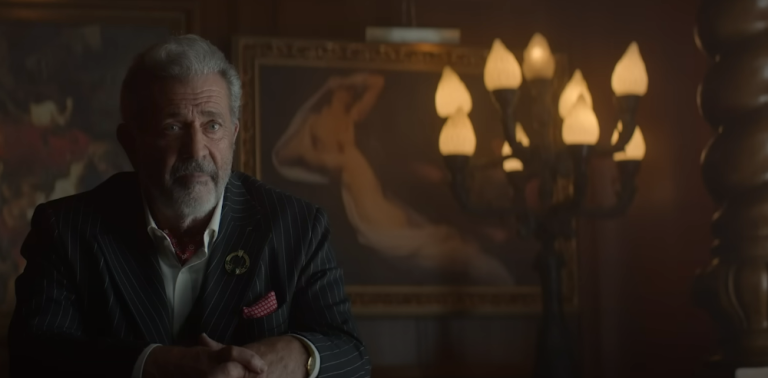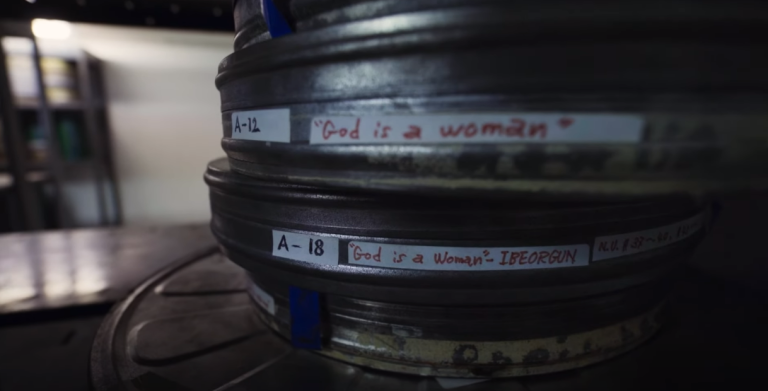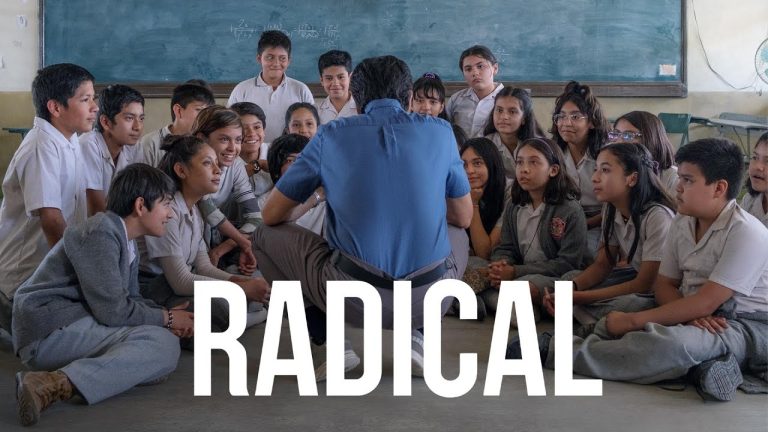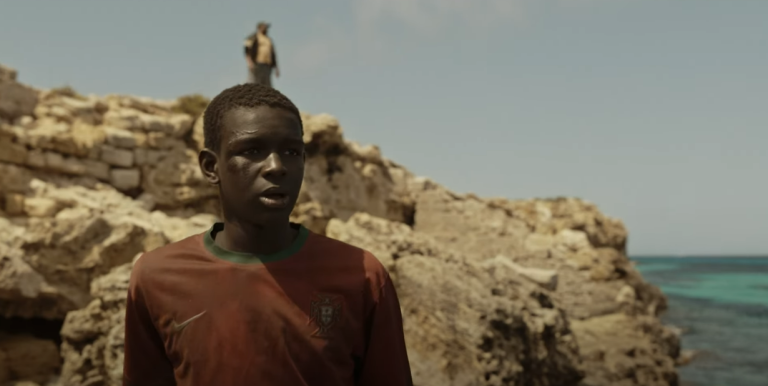
Larry Fessenden, known for his character acting, also directs indie horror films like “Blackout.” While his directing skills are praised for character depth, some performances in his movies, like “Blackout,” may fall short despite his usual attention to detail.
In Larry Fessenden’s films, each character possesses distinctive traits and faces individual challenges. While “Blackout,” adapted from Fessenden’s audio drama, captures some of this depth, the transition isn’t without its flaws.

In the audio play “Blackout,” Charley, played by Larry Fessenden, deals with becoming a werewolf. The movie version adds more plot, though some of it feels unnecessary. Still, it captures Fessenden’s signature sense of dread and features standout moments. While not groundbreaking, it’s effective thanks to Fessenden and the cast’s strong performances.
“Blackout” follows Charley Barrett, a likable drunk who is also a werewolf. Aware of his condition, Charley aims to end his life before harming others. He moves through the town of Talbot Falls, encountering various people, including Pastor Francis, Jack Hammond, and Sharon Hammond, his ex-girlfriend..
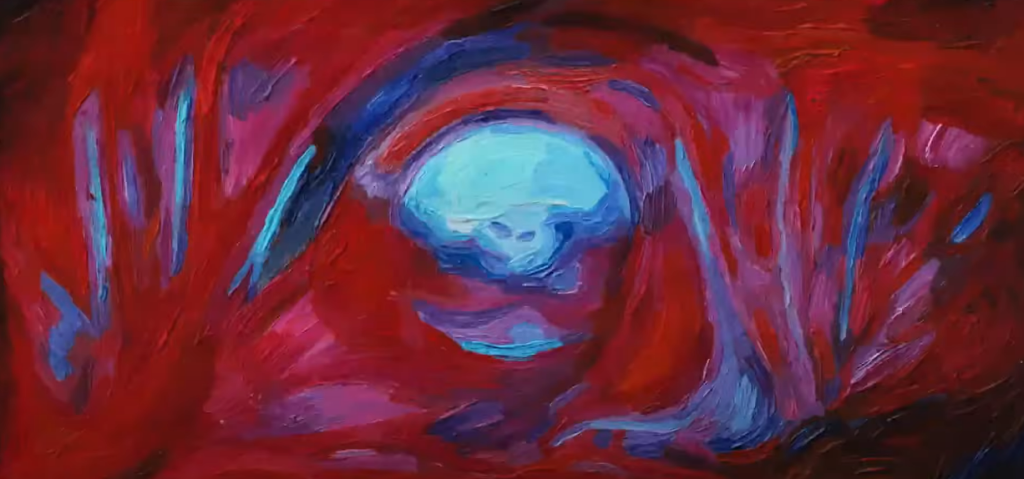
In “Blackout,” police officers Alice and Luis investigate random murders. They discuss the concept of “umwelt,” where individuals are limited by their own perspectives. This conversation sheds light on the plot and Fessenden’s filmmaking priorities. More of such philosophical discussions would enhance the film.
In “Blackout,” Charley’s wandering journey can be frustrating, not because of its aimlessness, but because it doesn’t fully explore the psychedelic and macabre elements Fessenden is known for. However, Charley does have productive conversations, particularly with Miguel, falsely accused of his crimes, and Earl, who makes silver bullets for him. While the dialogue sometimes feels off, it sets the stage for the film’s best, mostly conversation-driven scenes.
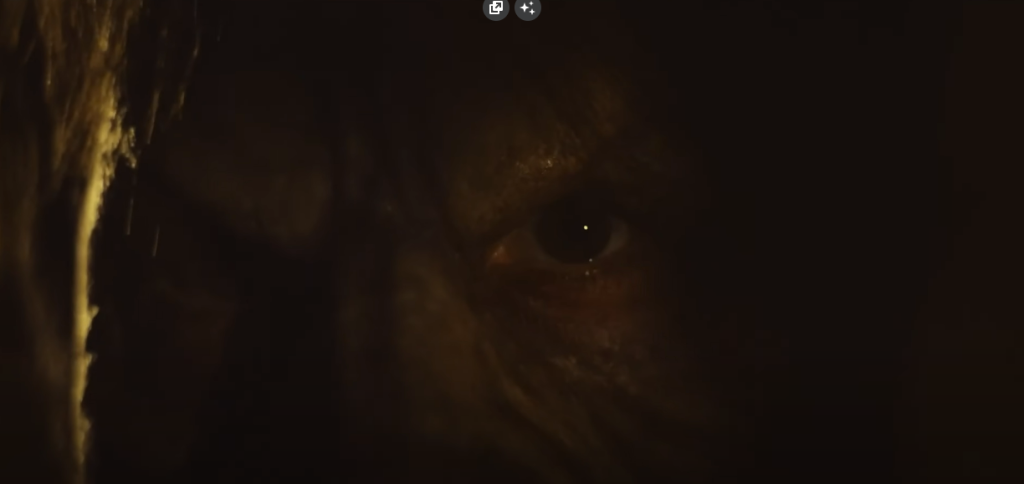
“Blackout” is at its weakest when it sticks to conventional storytelling, following Charley as the body count rises and the police close in. However, it shines in its affection for minor characters like Pastor Francis and barfly Bob, who embody the essence of Talbot Falls, a typical American town inspired by classic monster movies.
“Blackout” lacks more exploration of “umwelt.” The opening scene, where a couple is attacked, hints at deeper character development, but their limited involvement in Charley’s story prevents further exploration.
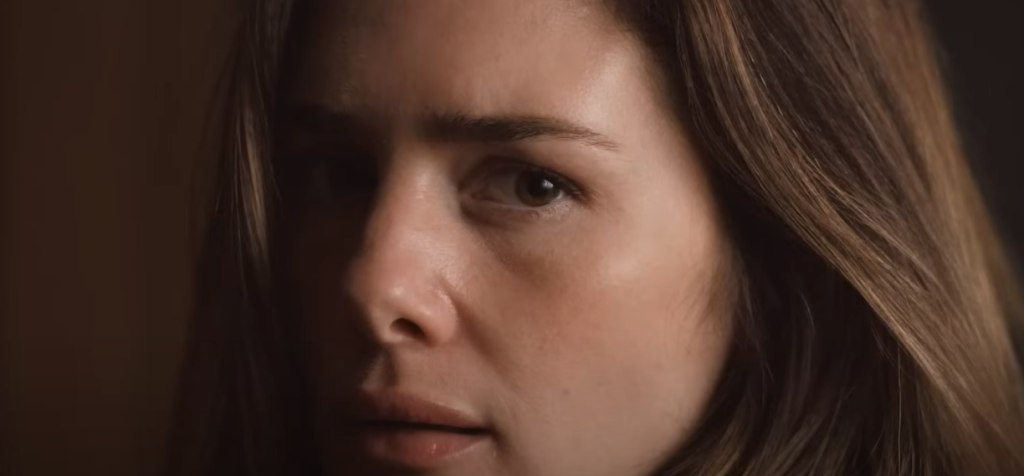
Fessenden values the supporting characters in “Blackout,” despite their depth occasionally feeling out of place in the creature feature genre. Although the monster is effectively portrayed, it doesn’t possess the unique flair found in Fessenden’s other works. “Blackout” seems restricted by Fessenden’s reputation for imaginative storytelling, resulting in a film that, while having its strengths, doesn’t entirely meet expectations.
| Aspect | Evaluation |
|---|---|
| Directing | Praised for character depth; captures Fessenden’s signature sense of dread; effective despite some flaws. |
| Plot Adaptation | Adds more plot than the original audio drama, some of which feels unnecessary; captures standout moments. |
| Character Development | Every character has unique traits and challenges; Charley’s journey lacks exploration of psychedelic and macabre elements. |
| Dialogue | Conversations sometimes feel off but set the stage for the film’s best scenes; lacks more exploration of philosophical concepts. |
| Supporting Characters | Minor characters like Pastor Francis and barfly Bob embody the essence of Talbot Falls; appreciates supporting characters despite their depth not always fitting the genre. |
| Monster Execution | Well-executed monster lacking the special touch seen in Fessenden’s other films. |
| Overall Satisfaction | Strengths in character depth and sense of dread; falls short of fully satisfying expectations due to constrained storytelling and lack of exploration. |

